Testosterone is in charge of a myriad of functions in the human body, from fertility and libido to bone strength and emotional responses. Of course, it’s the star of the show on the male body, but it also pulls a few strings on females.
So, understanding how it works, its daily and life-stage fluctuations, as well as how to keep the right levels, can for sure impact your life and well-being.
- What is Testosterone?
- Key Functions of Testosterone
- The Testosterone Cycle
- How Testosterone Works
- Low and High Testosterone Levels
- Testosterone Levels: Normal and Optimal
- Testosterone Levels by Age
- What Analyses Reveal Your Testosterone Levels
- How to Increase Testosterone Levels
- Foods that Influence Your Testosterone Levels
- Foods that Threaten Your Testosterone Levels
- FAQs
What is Testosterone?
Testosterone is a hormone primarily produced in the testes in males and, in smaller amounts, in the ovaries of females and the adrenal glands of both sexes.
Key Functions of Testosterone

Male Sexual Development
During puberty, this hormone triggers muscle growth, deepening of the voice, and the sprouting of facial and body hair. In addition, it serves as the heartbeat in sperm production, ignites the fire of sexual desire, and empowers the body to maintain erections.
Physical Health
Testosterone promotes muscle mass and strength, supports bone density, increases red blood cell creation, and influences fat distribution and metabolism.
Mental Health
This androgen helps mood stability, well-being, aggression, assertiveness, and cognitive functions, such as memory and focus.
The Testosterone Cycle
Although such a driver of male vitality doesn’t follow a specific rhythm like the menstrual cycle in women, its levels follow a pattern throughout the day and across different life stages.
Daily Fluctuations
Testosterone levels peak in the early morning (between 4-8 am) and fade with the sunlight, reaching their lowest point in the evening.
Physical activities, especially intense workouts, can amplify testosterone concentrations, while chronic stress lowers them.
Lifespan Changes
Testosterone levels are highest during puberty and gradually decline after the late teens and early twenties. After 30, they decrease by about 1% per year, affecting libido, muscle mass, and energy levels.
Variables Influencing Testosterone Balance
| Genetic predisposition |
| Medical conditions (hypogonadism or hyperandrogenism) |
| Lifestyle factors (smoking, alcohol abuse, obesity, lack of physical exercise) |
| Medications |
How Testosterone Works
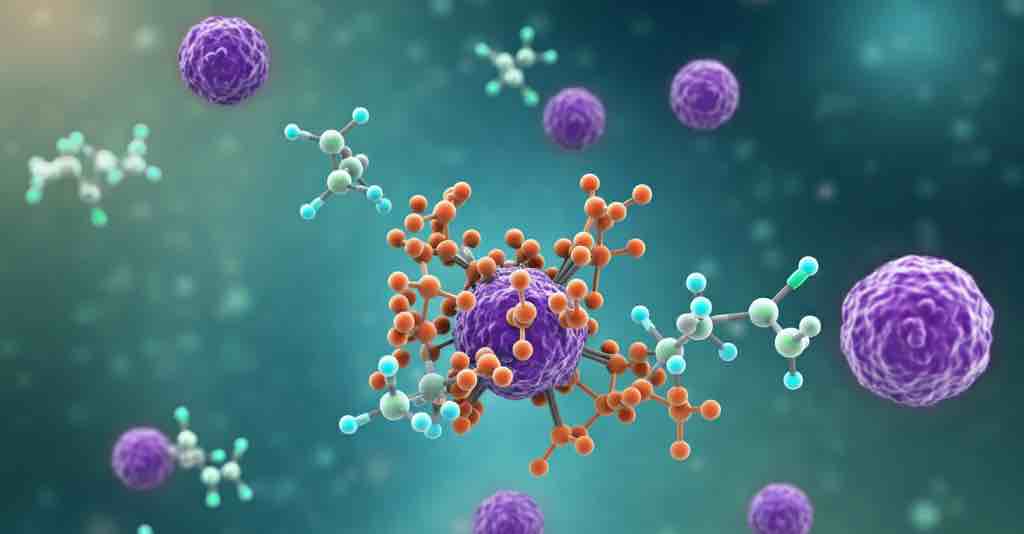
Here’s a simplified explanation:
Testosterone travels through the bloodstream and attaches to androgen receptors in various tissues, including muscles, bones, skin, and reproductive organs.
When testosterone binds to those receptors, it activates specific genes inside the cell’s DNA, resulting in the creation of proteins that carry out multiple roles.
These roles include male sexual development, muscle growth, bone density, red blood cell production, fat distribution, and an enhanced metabolic rate.
The reactions to testosterone vary depending on the specific tissue, its concentration, and other hormonal factors.
Low Testosterone and High Testosterone Levels
Imbalanced proportions can lead to various health issues and symptoms.
Low Testosterone in Men (Hypogonadism)
- Low sex drive (libido), erectile dysfunction, difficulty in achieving orgasms
- Muscle and strength loss, higher body fat, fatigue, osteoporosis threat
- Depression, irritability, lack of focus, reduced motivation
- Sleep disturbances, decreased bone density
Low Testosterone in Women (Hypogonadism)
- Diminished sexual desire and arousal
- Infrequent periods
- Greater chance of developing osteoporosis
- Irritability, depression, anxiety
High Testosterone in Men (Hyperandrogenism)
- Aggression and bad temper
- Breakouts on the face, chest, and back
- Hair loss on the scalp
- An enlarged prostate, which can cause urinary issues
- Obstructive sleep apnoea
High Testosterone in Women (Hyperandrogenism)
- Heavy periods, irregular menstruation (oligomenorrhea), or absence of the menstrual cycle (amenorrhoea)
- Excess facial hair growth (hirsutism) and acne
- Male pattern baldness
- Problems getting pregnant
- Anxiety, depression, mood swings
- Voice deepening can occur
- In rare cases, the clitoris becomes enlarged
- Smaller breast size
- Prominent muscle definition
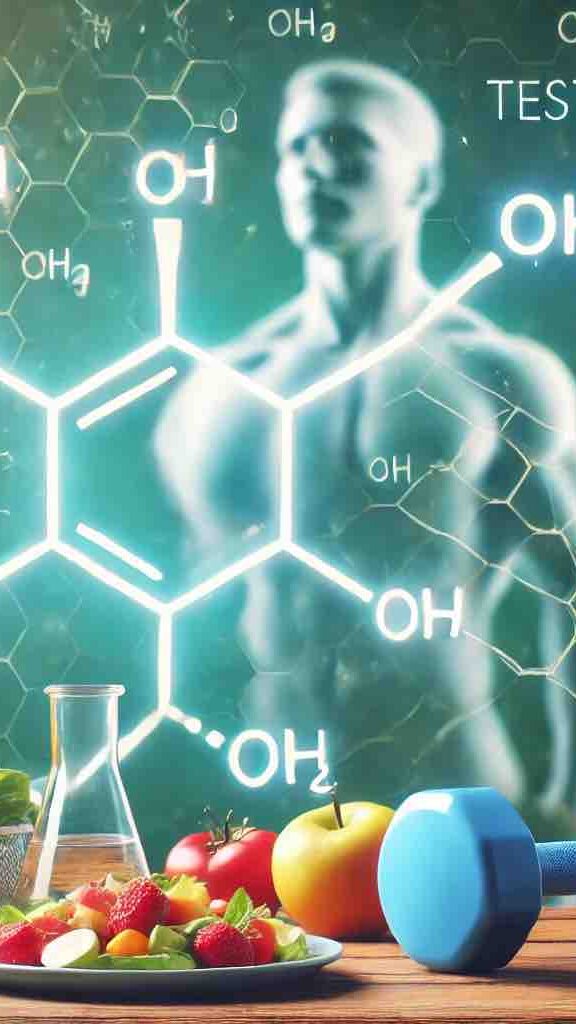
Causes of Testosterone Imbalances
| Natural decline related to age |
| Hypogonadism, hyperandrogenism, PCOS (polycystic ovary syndrome), CAH (congenital adrenal hyperplasia), tumours, thyroid disorders, Cushing syndrome |
| Obesity, smoking, alcohol abuse, sedentary lifestyle, stress |
| Medications |
The severity and symptoms differ from person to person. While a subset of individuals experience mild red flags, others have more significant and debilitating signs. If you notice any indicators, consult a healthcare professional to evaluate your hormone levels and start a treatment.
Early diagnosis and treatment are key to improving your overall well-being and quality of life.
Testosterone Levels: Normal and Optimal

“Optimal” levels differ from “normal” levels, as certain people with fluctuating concentrations are in the common range. Here’s an overview:
Men:
- Total Testosterone: 300-1000 ng/dL (nanogrammes per decilitre)
- Free Testosterone: 20-35 pg/mL (picogrammes per millilitre)
Women:
- Total Testosterone: 15-70 ng/dL
- Free Testosterone: 0.5-2.5 pg/mL
A “normal range” is just that – a range. A specialist must evaluate your particular circumstances, symptoms, and lab results to determine if your level is within the most appropriate degree for you. Remember that what’s optimal for one person may not be ideal for another.
Testosterone Levels by Age
Here’s a general guide:
Men
| Age Range | Total Testosterone (ng/dL) |
|---|---|
| 15-19 | 300-1200 |
| 20-29 | 350-1100 |
| 30-39 | 300-900 |
| 40-49 | 250-800 |
| 50-59 | 200-700 |
| 60-69 | 150-600 |
| 70+ | 100-500 |
Women
| Age Range | Total Testosterone (ng/dL) |
|---|---|
| 15-19 | 15-70 |
| 20-29 | 15-70 |
| 30-39 | 15-60 |
| 40-49 | 10-50 |
| 50-59 | 5-40 |
| 60-69 | 5-30 |
| 70+ | 5-20 |
Discuss any concerns with a healthcare professional for a personalised evaluation and management plan.
What Analyses Reveal Your Testosterone Balance?
Common tests include:
Total Testosterone
Measures the full amount of testosterone in the blood, both bound and unbound to proteins.
Free Testosterone
Estimates the volume that’s not linked to proteins and is therefore biologically active.
Bioavailable Testosterone
Determines the proportion that’s both free and attached to albumin, a protein that makes testosterone accessible for use by the body.
Luteinizing Hormone (LH)
Its minimal levels suggest a problem with the pituitary gland.
Follicle-Stimulating Hormone
Sperm production is the major role of this hormone. Insufficient quantity might point to a disorder in the pituitary gland.
Oestradiol
A type of oestrogen, high oestradiol suppresses testosterone secretion.
Prolactin
Can inhibit testosterone synthesis in both men and women.
Thyroid-Stimulating Hormone (TSH)
This biological messenger may cast a shadow over testosterone concentrations.
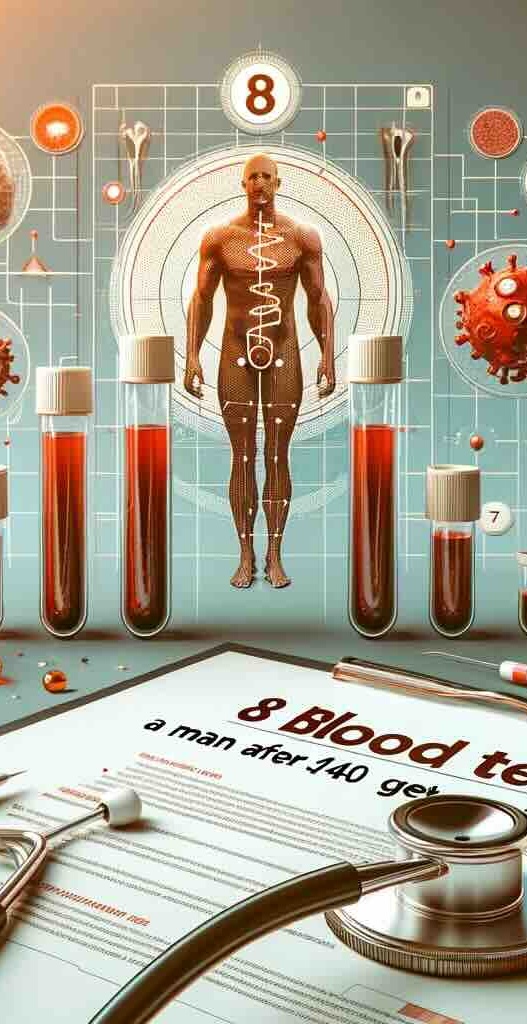
Important Considerations
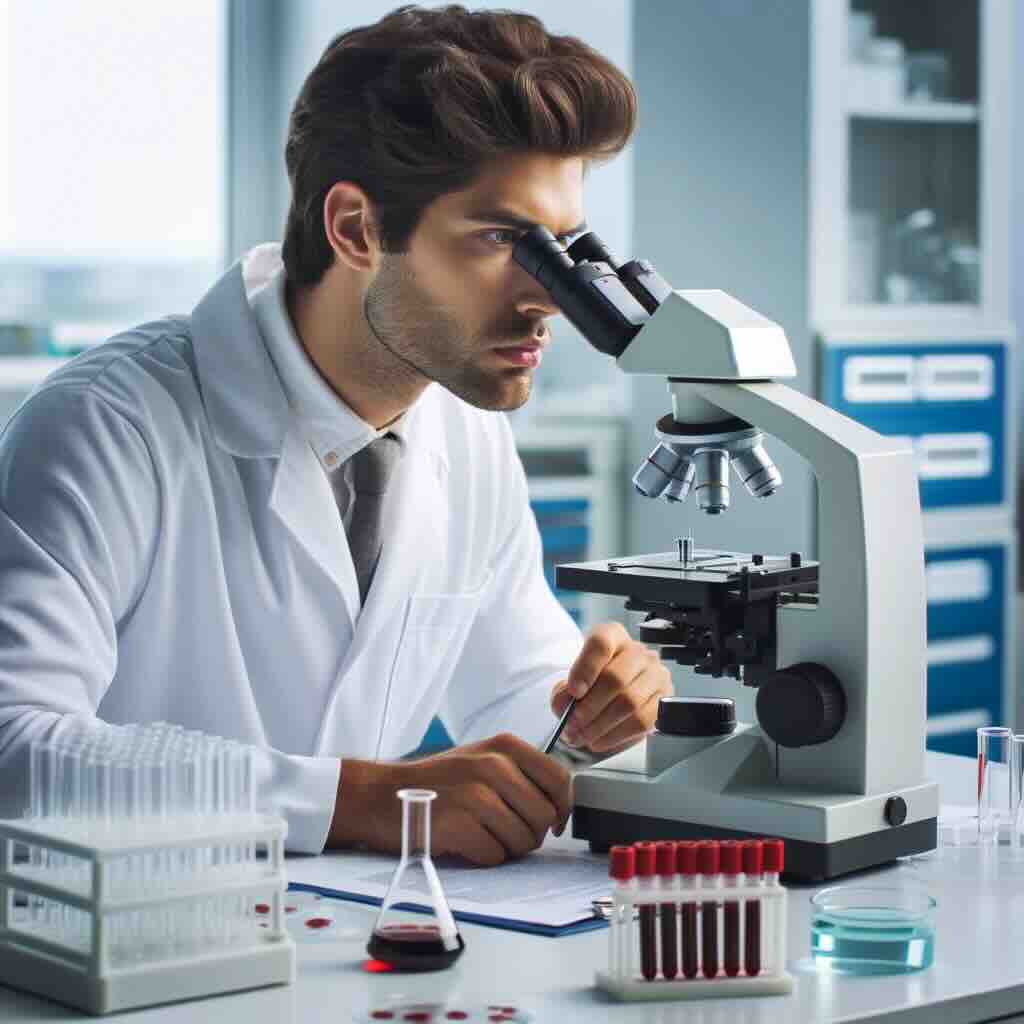
Timing of the Test
Have blood tests in the morning when testosterone levels are at their highest.
Lifestyle Factors
Exercise, stress, and medication can affect results.
Interpretation
Your doctor will analyse your medical assessments based on your age, health history, symptoms, and other lab values.
How to Increase Testosterone Levels
Powering up your masculinity requires a holistic approach. Here are safe and effective methods:
Lifestyle Modifications
Healthy Diet
- Focus on whole, unprocessed foods, including fruits, vegetables, lean proteins, and beneficial fats.
- Limit sugar-laden drinks and excessive saturated and trans fats.
- Incorporate zinc-rich portions of oysters, pumpkin seeds, cashews, dark chocolate, and meat.
- Vitamin D supplements (ask your doctor first).
Regular Exercise
- Engage in consistent strength training sessions to stimulate muscle growth.
- Aim for at least 30 minutes of moderate-intensity exercises five days a week.
Manage Stress
- Practice relaxation techniques such as yoga, meditation, deep breathing, or spending time in nature.
Quality Sleep
- 7-9 hours per night.
- Establish a consistent rest routine; create a relaxing bedtime environment; minimise exposure to blue light from screens before bed.
Limit Alcohol Consumption
- Excessive alcohol intake lowers your manliness batteries.
Maintain a Healthy Weight
Obesity impacts testosterone production.
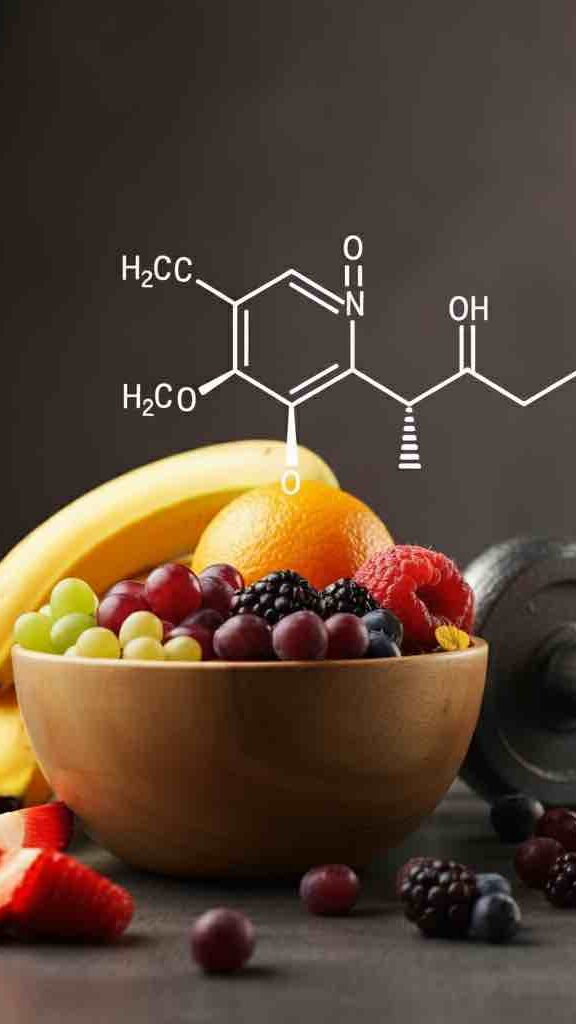
Natural Supplements
- D-Aspartic Acid: Present in meat, chicken, turkey, fish, oysters, avocado, oatmeal, asparagus, and dairy products.
- Zinc: Found in shellfish, legumes, meat, nuts, and eggs.
- Magnesium: Avocados, dark chocolate, bananas, and whole grains.
- Ashwagandha: An adaptogenic herb that helps reduce stress.
Other Considerations
- Discuss with a healthcare professional your individual circumstances, the reasons for low levels, and treatment options.
- Avoid unregulated supplements that claim to ignite the fire of manhood.
- Be patient and focus on sustainable lifestyle changes rather than seeking quick fixes.
Foods that Boost Your Testosterone Levels
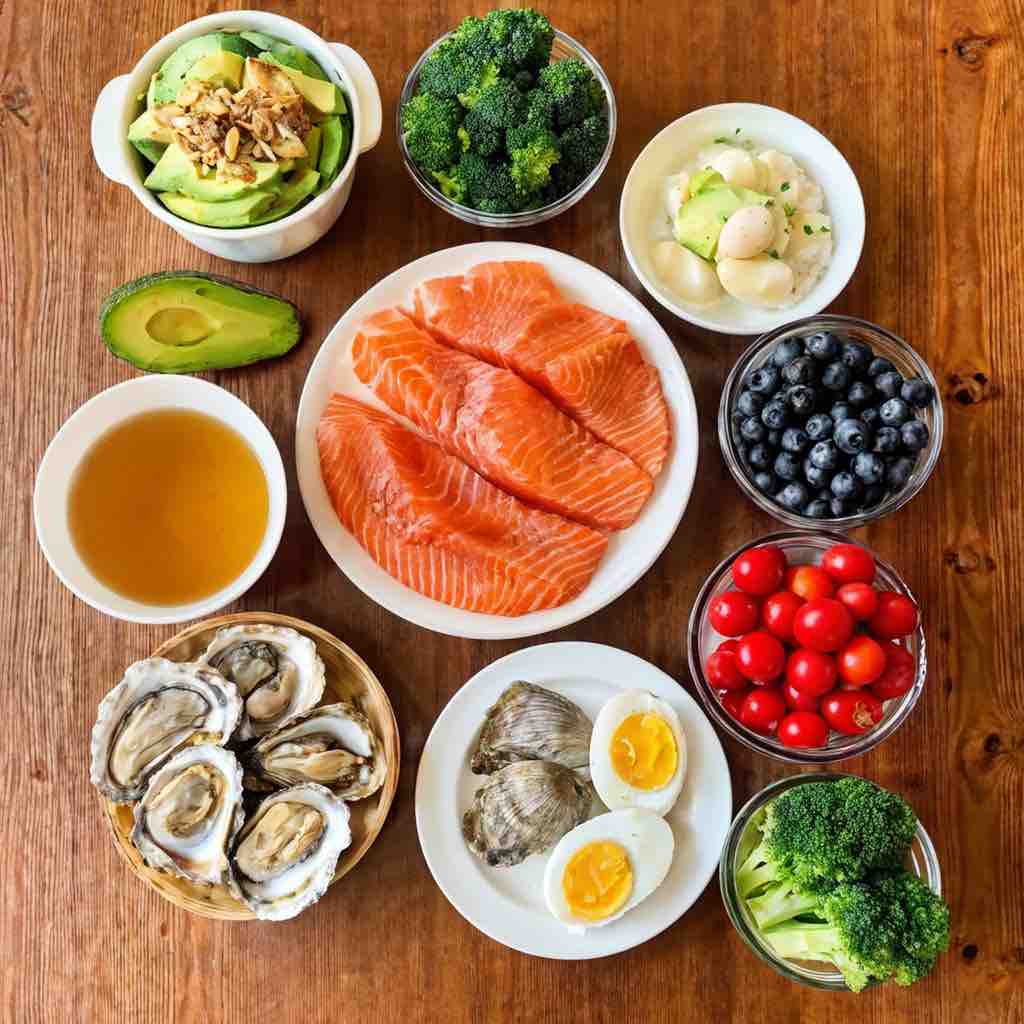
Testosterone Boosters
1. Oysters
Rich in zinc, aim for at least 220 mg of zinc sulphate twice a day.
2. Pumpkin Seeds
Excellent source of zinc and magnesium.
3. Beef
Packed with zinc and vitamin D. However, limit your intake to a couple of servings a week.
4. Eggs
Contain proteins, vitamin D, and good cholesterol. Aim for 2-3 eggs per day (depending on your doctor’s advice).
5. Fish (salmon, tuna, mackerel)
Rich in vitamin D and omega-3 fatty acids. Go for two portions weekly.
6. Avocados
Provide healthy fats along with vitamin E. One avocado daily is a positive kickoff.
7. Nuts and Seeds (almonds, walnuts, chia, flaxseeds)
Loaded with zinc, magnesium, and essential oils.
8. Garlic
Garlic lifts testosterone levels with its potassium, phosphorus, zinc, selenium, vitamin A and C, B-complex, and allicin.
9. Broccoli
Full of vitamin C and other anti-oxidative agents that protect testosterone-producing cells. Aim for at least one cup per day.
10. Berries
Rich in antioxidants, they defend your body from free radicals.
Important
Consult your doctor or registered dietitian for personalised advice on dietary changes to support your health.
Foods That Threaten Testosterone Stability
| Processed Foods and Added Sugars |
They are loaded with unhealthy fats, refined carbohydrates, and artificial ingredients, which induce:
|
| Soy Products | Contain phytoestrogen that might lower testosterone concentrations. |
| Alcohol | Impairs the liver’s ability to metabolise hormones, interferes with hormonal balance, and increases oestrogen levels. |
| Trans Fats | Running rampant in fried foods, baked goods, and margarine, they promote chronic inflammation, disrupt hormone production, damage cell membranes, decrease HDL (good cholesterol), and raise LDL (bad cholesterol). |
| Flaxseeds | Offer a healthy dose of fibre and omega-3 fatty acids, but are rich in lignans, which may have an oestrogenic action. |
| Mint | Could bring about a mild suppressive effect on the generation of testosterone. |
| Dairy Products | Trigger inflammation because of their synthetic hormones and oestrogen. |
Frequently Asked Questions
Testosterone is a topic shrouded in nuances and concerns. Here, we answer popular queries to provide clarity.
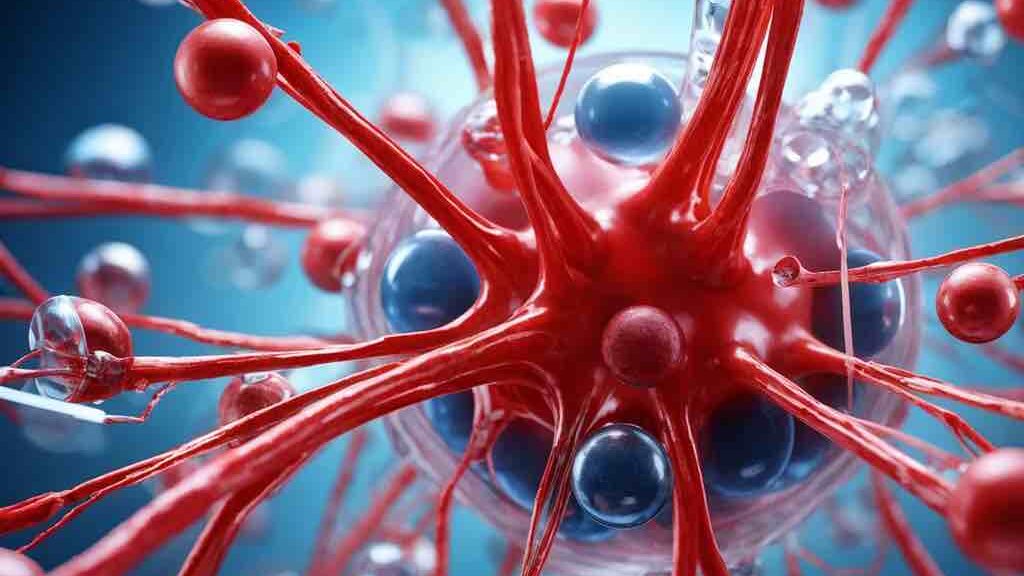
Can Testosterone Cause Cancer?
Testosterone itself doesn’t cause cancer, but plays a part in specific types. High levels fuel existing prostate cancer cells and may increase the risk of breast cancer in women and liver cancer in men. Therefore, treatments often involve reducing testosterone levels.
Can Testosterone Cause Hair Loss?
While testosterone is essential for hair growth, it as well contributes to baldness in a pattern called “androgenetic alopecia.” This is due to its conversion to dihydrotestosterone (DHT), a potent androgen that shrinks hair follicles.
Important Points
- If your father or grandfather experienced the condition, you are prone to have it.
- Other factors, such as age, stress, nutrition, medication, and medical conditions, can reduce your hairline.
Muscle Growth and Testosterone
This hormone triggers protein synthesis (new muscle tissue), activates satellite cells (responsible for repairing damaged fibres and muscle growth during exercise), and promotes fat breakdown.
Factors to Consider
- Testosterone levels, in theory, decline with age, decreasing muscle mass and strength.
- Intense strength training stimulates testosterone production, leading to greater bulking up.
- Protein consumption is crucial.
How Supplements Affect Your Body
- Anabolic steroids are synthetic derivatives that increase muscle size and stamina. Yet, they may carry serious health risks (heart attacks, strokes, liver tumours, kidney failure, and psychiatric problems).
Testosterone and the Brain
This hormone plays a multifaceted role in brain function, leaving a mark on both men and women:
- It contributes to cognitive functions, such as spatial reasoning, memory, motor skills, and verbal fluency.
- Mood regulation, aggression, libido, and assertiveness.
- Motivation and drive, risk taking, and energy levels.
- Neuroplasticity, which allows the brain to adapt and change in response to experiences.
Testosterone and Erectile Dysfunction (ED)
Testosterone manages blood flow and relaxes the smooth muscles in the penis (essential for achieving and maintaining an erection). Deficient levels result in a decline in libido.
Other Causes Contributing to Impotence
- Cardiovascular disease
- Diabetes
- Nerve damage
- Medications
- Psychological factors
Treatments Related to Low Testosterone
- A testosterone replacement restores levels to normal, improving erections.
- Lifestyle changes (regular exercise, a healthy diet, stress management).
- Pills (Viagra, Cialis, Levitra), vacuum devices, penile injections, and surgery.
In case you suffer erectile dysfunction, consult your doctor for a proper diagnosis and treatment.
Acne and Testosterone
Testosterone stimulates sebaceous glands, sometimes leading to excessive sebum, clogged pores, and inflammation, resulting in aggravated eruptions.
Important Considerations
- Genetics play a significant role, regardless of the male hormone balance.
- Acne is often linked to hormonal fluctuations in teenagers, and in women because of menstrual cycles or pregnancy.
- Other factors (diet, anxiety, medications, make-up, skin care products) contribute to its formation.
Acne Control
Treating this condition involves a multi-pronged approach, including:
- Proper cleansers, toners, and moisturisers.
- Oral or topical drugs to reduce sebum production, inflammation, and bacteria.
- Stress management, a healthy diet, and avoiding harsh cosmetics.
If you are struggling with acne, consult with a dermatologist for a treatment plan.
Testosterone Levels and Ageing: Older Age Does Not Cause Testosterone Levels to Decline
A study presented at The Endocrine Society’s 93rd Annual Meeting in Boston on the 6 June 2011 found that a decline in testosterone levels as men grow older is likely the result – not the cause – of deteriorating general health.
Australian scientists discovered that age, in itself, has no effect on healthy older men.
Low Testosterone and Weight Gain
Lower concentrations lead to obesity by decreasing muscle mass and metabolic rate, increasing fat storage, and affecting appetite (cravings, overeating).
Testosterone and Joint Pain
Low testosterone leads to the fading of muscle bulk, swelling, weight gain, and bone loss, weakening joints and increasing soreness.
Testosterone and Blood Pressure
Testosterone relaxes blood vessels, lowers blood pressure, and improves vascular performance. But high levels might increase the risk of hypertension in older men.
Key Points to Consider
- The effects of testosterone vary based on genetics, age, overall health, and lifestyle factors (diet, exercise, stress levels, and medical conditions).
The Bottom Line
There you go – a comprehensive article about testosterone to help you better understand this hormone, its functions regardless of sex, and its effects on your body. To live in harmony and make the most of this androgen, adopt wholesome lifestyle choices and seek medical care if you experience symptoms of imbalanced levels.
Stay informed, stay healthy!


